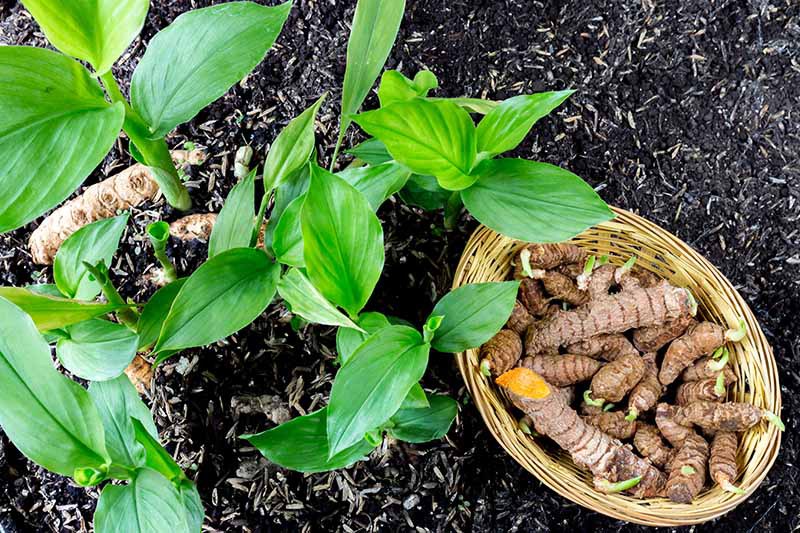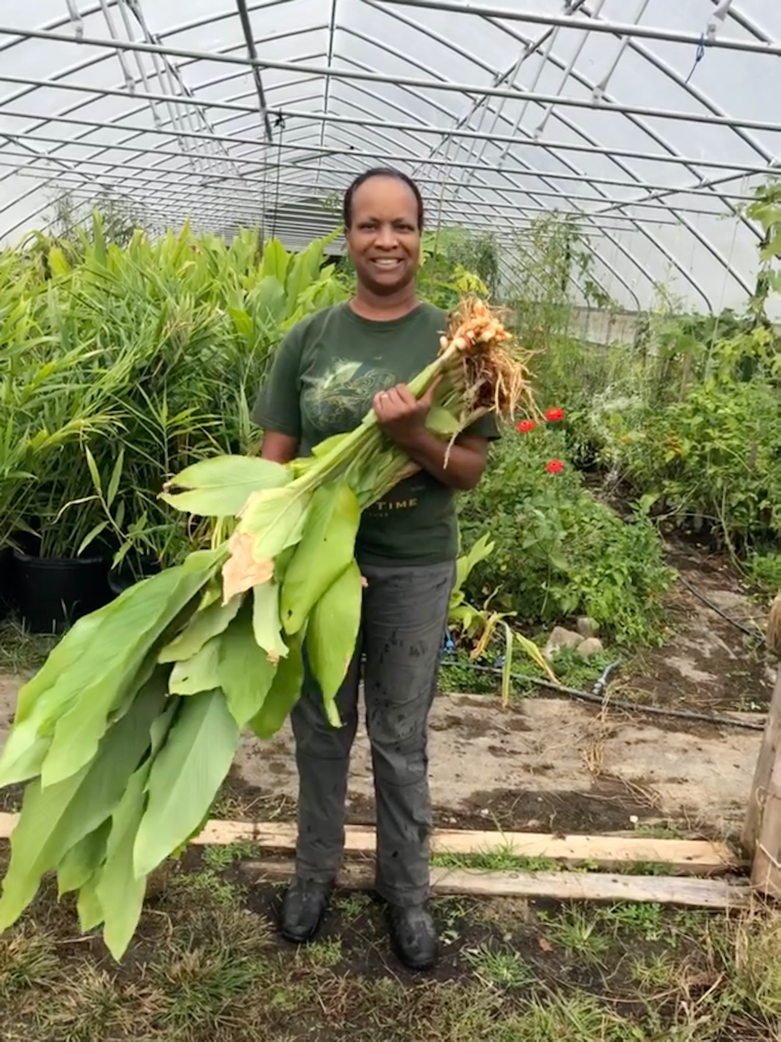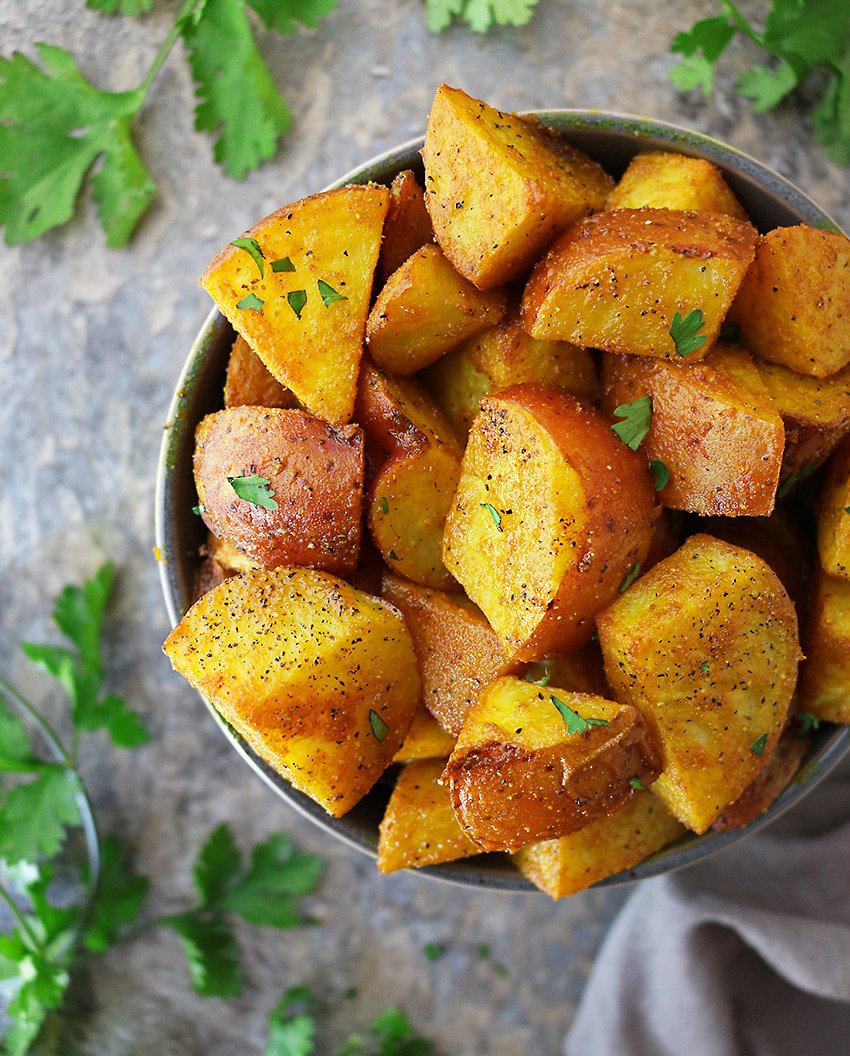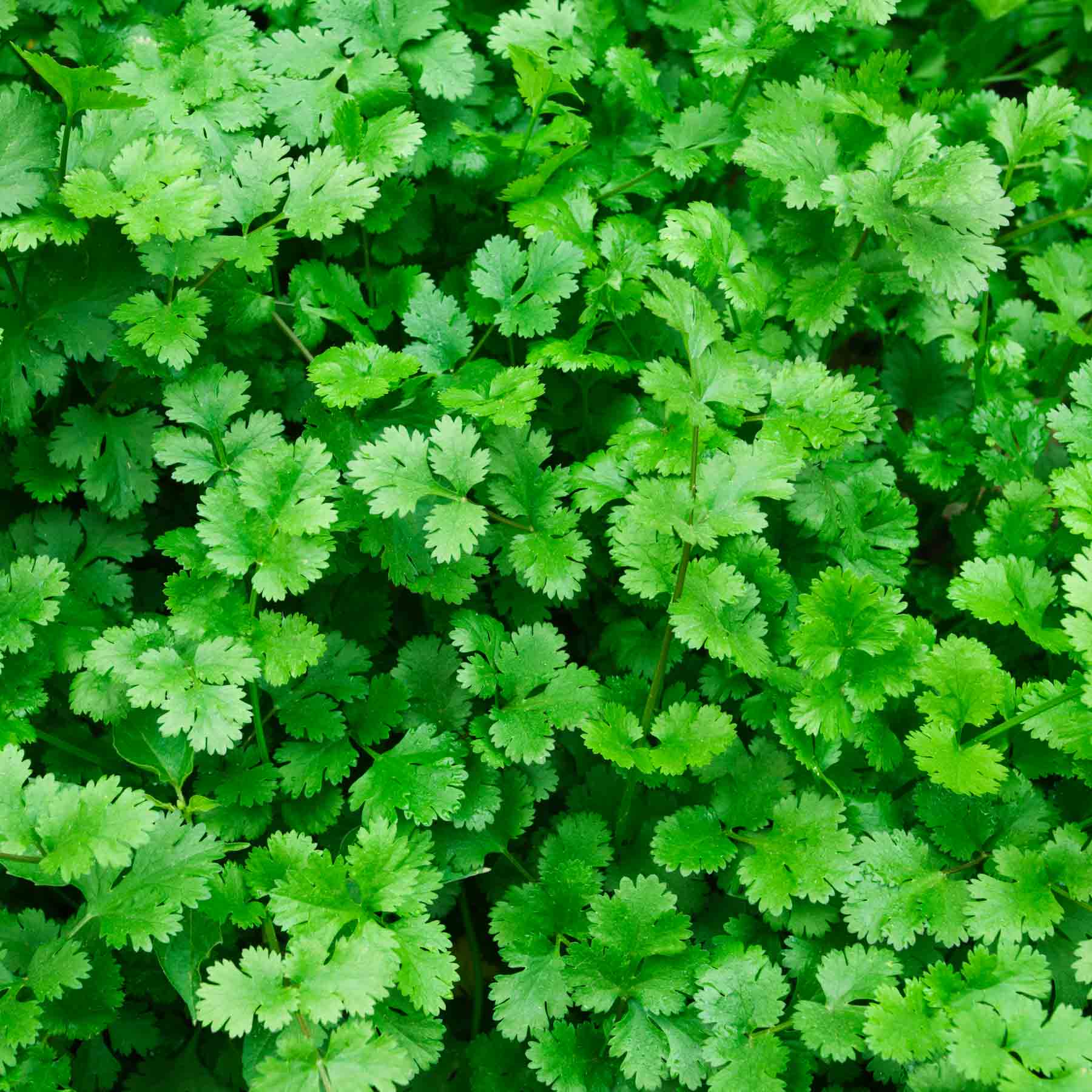The Best Companion Plants For Turmeric: Grow A Healthier Garden
The Best Companion Plants for Turmeric: Grow a Healthier Garden
Turmeric is a popular spice that has been used for centuries in traditional medicine. It is known for its anti-inflammatory and antioxidant properties, and has been shown to have a variety of health benefits. Turmeric can be grown in the garden, and companion planting can help to improve its growth and yield.
Companion planting is a gardening technique that involves planting certain plants together to benefit each other. Some plants attract beneficial insects, while others help to repel pests. Some plants improve the soil quality, while others provide shade or support.
There are a number of good companion plants for turmeric. Some of the best include:
- Beans: Beans are nitrogen-fixing plants, which means they can add nitrogen to the soil. This is beneficial for turmeric, which requires a lot of nitrogen to grow.

- Cilantro: Cilantro is a herb that repels pests such as aphids and whiteflies. These pests can damage turmeric plants, so cilantro can help to protect them.

- Ginger: Ginger is another member of the turmeric family, and it has similar growing requirements. Planting ginger and turmeric together can help to improve the yield of both plants.

- Peas: Peas are another nitrogen-fixing plant that can benefit turmeric. They also help to improve the soil quality by loosening the soil and adding organic matter.

- Spinach: Spinach is a leafy green vegetable that can help to suppress weeds. It also provides shade for turmeric plants, which can help to prevent them from getting too hot.

In addition to these plants, there are a number of other plants that can be companion plants for turmeric. Some of these include:
- Basil: Basil is a herb that repels mosquitoes and other pests. It can also help to improve the flavor of turmeric.

- Cucumbers: Cucumbers help to attract beneficial insects such as ladybugs and lacewings. These insects can help to control pests that damage turmeric plants.

- Lettuce: Lettuce is a cool-season vegetable that can help to protect turmeric plants from the hot sun. It also helps to suppress weeds.
- Onions: Onions release sulfur compounds that can help to repel pests such as nematodes and root rot.

- Potatoes: Potatoes help to improve the drainage of the soil, which can benefit turmeric plants. They also help to suppress weeds.

When choosing companion plants for turmeric, it is important to consider the growing conditions and the specific needs of the plants. Some plants may not be compatible with each other, so it is important to do some research before planting.
Companion planting is a great way to improve the health and productivity of your garden. By planting the right plants together, you can help to deter pests, improve the soil quality, and increase the yield of your crops.
Turmeric is a popular herb that has many health benefits. It is also a relatively easy plant to grow, but it can benefit from having companion plants nearby. Some good companion plants for turmeric include:
- Beans: Beans are nitrogen-fixing plants, which means they can add nitrogen to the soil. This can help to improve the growth of turmeric and other plants in your garden.
- Cilantro: Cilantro is a herb that repels pests, such as mosquitoes and flies. This can help to protect your turmeric plants from damage.
- Ginger: Ginger is another herb that is related to turmeric. It can help to improve the flavor of turmeric and can also repel pests.
- Peas: Peas are another nitrogen-fixing plant that can benefit turmeric plants. They can also help to improve the drainage of the soil, which can be helpful for turmeric plants that do not like wet feet.
If you are interested in learning more about companion planting for turmeric, I recommend visiting the website Garden Wiki. This website has a wealth of information on companion planting, including a list of specific plants that are good companions for turmeric.
FAQ of turmeric companion plants
1. What are turmeric companion plants?
Turmeric companion plants are plants that can be grown near turmeric plants to benefit each other. Some good turmeric companion plants include:
- Basil: Basil repels pests that can damage turmeric plants, such as mosquitoes, aphids, and spider mites.
- Marigolds: Marigolds also repel pests, and they can also help to improve the soil quality around turmeric plants.

- Cilantro: Cilantro helps to attract beneficial insects, such as ladybugs and lacewings, which can help to control pests.

- Fennel: Fennel helps to improve the drainage around turmeric plants, which can help to prevent root rot.

- Onions and garlic: Onions and garlic have strong scents that can repel pests. They can also help to improve the flavor of turmeric.
2. What are the benefits of planting turmeric companion plants?
There are several benefits to planting turmeric companion plants. First, companion plants can help to deter pests and diseases. Second, they can help to improve the soil quality around turmeric plants. Third, they can help to attract beneficial insects. Fourth, they can help to improve the flavor of turmeric.
3. How far apart should turmeric companion plants be planted?
The distance between turmeric companion plants will depend on the size of the plants. In general, you should plant companion plants at least 12 inches apart. If you are planting larger plants, such as basil or marigolds, you may need to plant them even further apart.
4. What are some common mistakes to avoid when planting turmeric companion plants?
Some common mistakes to avoid when planting turmeric companion plants include:
- Planting companion plants too close together.
- Planting companion plants in the wrong location.
- Not watering companion plants properly.
- Not fertilizing companion plants properly.
- Not controlling pests and diseases.
5. How do I know if my turmeric companion plants are doing well?
There are a few things you can look for to determine if your turmeric companion plants are doing well. First, the leaves of the plants should be healthy and free of pests or diseases. Second, the plants should be growing at a steady pace. Third, the soil around the plants should be moist but not soggy.
Image of turmeric companion plants
- Beans: Beans are nitrogen-fixing plants, which means they can help to improve the soil quality for turmeric. They also provide shade for the turmeric plants, which can help to protect them from the sun.

- Cilantro: Cilantro is a herb that helps to repel pests, such as mosquitoes and flies. It can also help to improve the flavor of turmeric dishes.

- Ginger: Ginger is a close relative of turmeric and can help to improve the growth and flavor of both plants. It also helps to repel pests.

- Marigolds: Marigolds are another herb that helps to repel pests. They also attract beneficial insects, such as ladybugs and lacewings, which can help to control pests.

- Peas: Peas are another nitrogen-fixing plant that can help to improve the soil quality for turmeric. They also provide shade for the turmeric plants, which can help to protect them from the sun.

Post a Comment for "The Best Companion Plants For Turmeric: Grow A Healthier Garden"